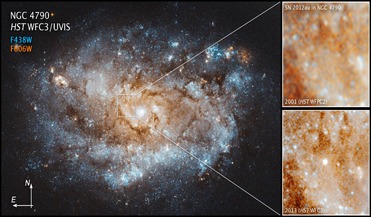 12 September 2018
Birth of new star from a supernova seen for first time
12 September 2018
Birth of new star from a supernova seen for first time
...pulsar or magnetar wind nebula at the centre of the exploded star, it could push from the inside out and even accelerate ...know that supernova explosions produce these types of rapidly rotating neutron stars, but we never saw direct evidence of it at ...
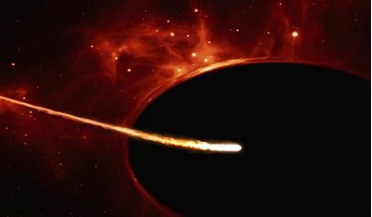 24 February 2017
Researchers find a new type of X-ray transient
24 February 2017
Researchers find a new type of X-ray transient
... transient events, such as gamma-ray bursts, that can generally be attributed to accretion processes onto objects such as neutron stars, black holes and white dwarfs. Nonetheless there are still a number of emerging classes of exotic X-ray transients...
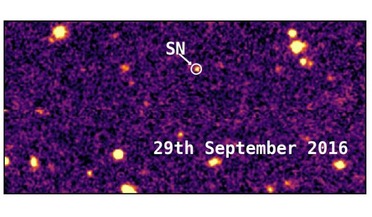 21 February 2018
Oldest known superluminous supernova discovered
21 February 2018
Oldest known superluminous supernova discovered
...dense stellar core that remains – a rapidly rotating neutron star. SLSNs were first discovered only 10 years ago ...with type 1a supernovae. Type 1a supernovae are exploding white dwarf stars and are used in cosmology as typical "standard candles" for ...
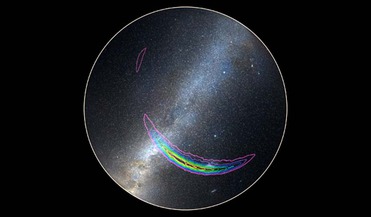 19 April 2016
Gravitational waves poised to be pinpointed by gamma ray burst
19 April 2016
Gravitational waves poised to be pinpointed by gamma ray burst
... Rays are caused by some of the most energetic events in the Universe from the collapse of stars, to the collisions of compact objects such as neutron stars and black holes and it is these latter systems that are also theorised to be prime...
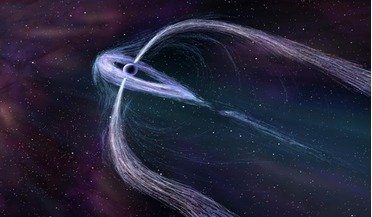 18 January 2017
The unusual tails of a pulsar give a clue as to what type of pulse it generates
18 January 2017
The unusual tails of a pulsar give a clue as to what type of pulse it generates
...from a different perspective. Pulsars are highly magnetised, fast spinning neutron stars – the highly dense remnants leftover from a supernova explosion ... streaming from the pulsar shoots along the star’s magnetic field, around the pulsar's equatorial...
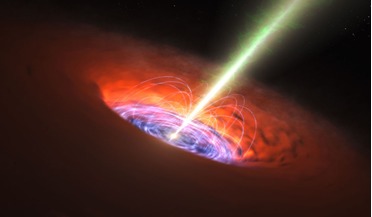 26 July 2019
Three massive black holes caught in the act of merging
26 July 2019
Three massive black holes caught in the act of merging
...black mergers have been unveiled along with a merger between two neutron stars. But what could better the discovery of two black holes...it makes the AGN shine brighter than the rest of the stars in the galaxy put together. The three AGN within SDSS ...